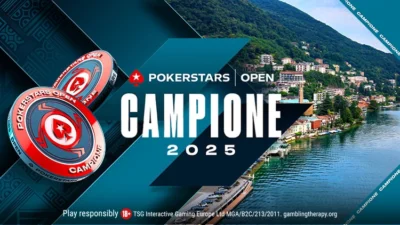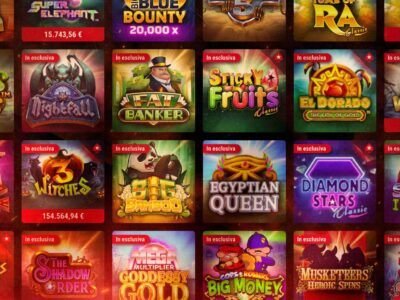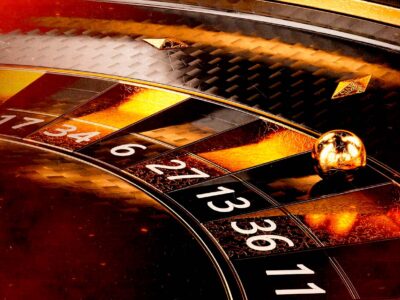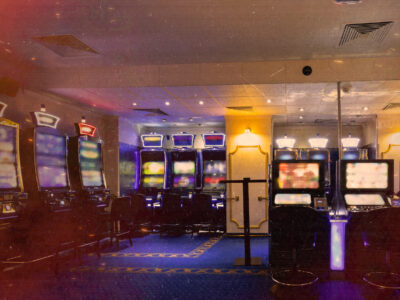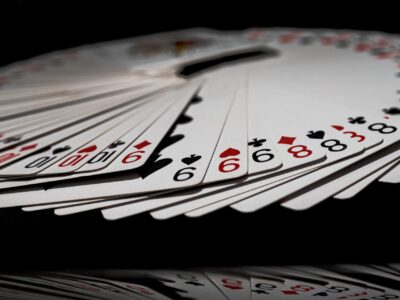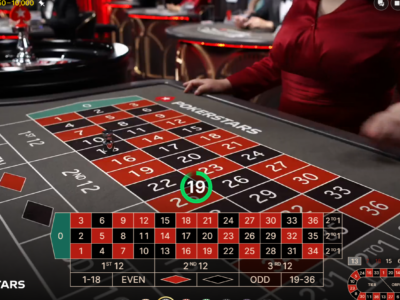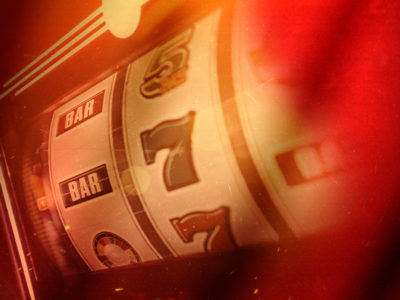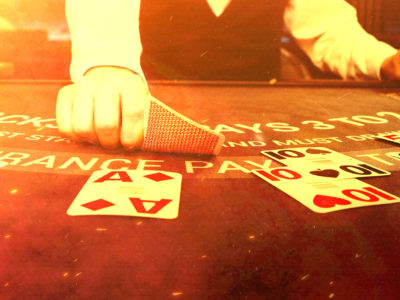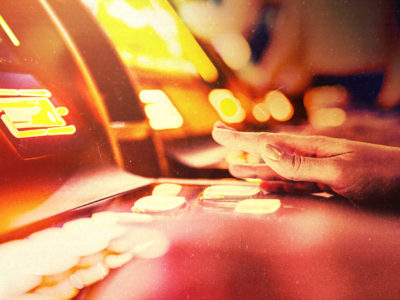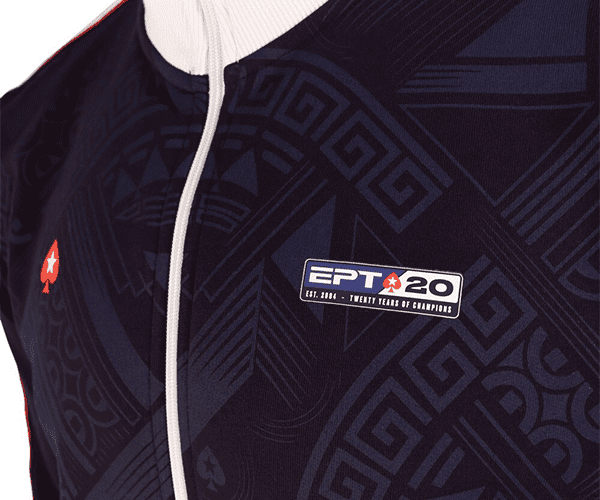PokerStars is celebrating its 20th Anniversary: 20 years as the best known and most trusted online poker site. Here at PokerStars Blog, we are looking back year-by-year on those two decades, noting the landmarks and remembering all the remarkable moments, fitting them into the wider landscape of poker’s sensational development.
Today we look back to the year 2001 to discuss what playing poker on the computer was like before PokerStars launched and to consider the still sparse landscape of online poker when it did.
When PokerStars started dealing its first virtual hands of poker 20 years ago, online poker existed, although it was still in a nascent form. That said, the idea of “electronic poker” came well before the internet first emerged in the mid-1990s to become a central part of our culture.
Academics in the 1960s and 1970s developed poker-playing computer programs right along with the building of early computers. In the early 1980s, Mike Caro spent a couple of years developing a program to play limit hold’em for the old Apple II, cheekily calling his program ORAC (his name spelled backwards).
Meanwhile it was the late 1970s when the first video poker machines started surfacing in Vegas casinos. Rather than pit player against computer, these games dealt five-card draw hands to players who could use their poker knowledge to choose which cards to discard and which to keep. Making the highest (rarest) hands earned the biggest rewards. Both the upright and “bartop” video poker games proved immediately popular, and remain so today.
Those who can remember early home video game consoles like the original Atari VCS (later the Atari 2600) and Intellivision may also recall games like “Casino” and “Poker Plus” that allowed players to play stud or draw games either against each other or against the computer.
Around this time, the 1983 film WarGames included a reference to early computer poker games. In the film, a teen hacks into a NORAD supercomputer to play games on it and unintentionally brings U.S. to the brink of World War III. Poker is among the games that appear on the computer, although that doesn’t interest the teen the way Global Thermonuclear War does.
As the hacking in the film suggests, by then a growing network of computers capable of communicating with each other was already being developed. The first internet chat network, Internet Relay Chat (IRC), went live in 1988. By the early 1990s the first dial-up internet service providers arrived, soon followed by the first web pages and web-based email services.
In 1994, a researcher at Carnegie Mellon University in Pittsburgh created a program that enabled IRC users to play poker against each other. After connecting to the poker server, users could choose different channels where they could play different poker variants, including stud, draw, hold’em, and Omaha games. They played by typing in commands (“check,” “bet,” “call,” “raise”) and betting amounts.
The games weren’t for real money, of course, although some who played did some wagering on the side. Many also took part in new Usenet newsgroups to discuss the games along with poker strategy, an early version of online poker forums.
In 1995 sites like Amazon, eBay, and other “online marketplaces” first began to appear. At the time some commentators expressed cynicism about people being willing to send money over the internet to make purchases or perform “online banking.” But they were, and as early methods for moving money online continued to develop, online gambling sites began to appear as well.
VOTE IN THE BIG 20 PLAYER AWARDS | TOURNAMENT SCHEDULE
ALL BLOG REPORTS | DOWNLOAD AND PLAY!
In late 1997, an online site called Planet Poker first launched offering play money poker games. On January 1, 1998, the site began spreading real-money poker games, starting out with $3/$6 limit hold’em with a $30 minimum buy-in.
At a time when graphical browsers were still relatively new, the site featured overhead shots of poker tables with player avatars and modest animation showing the action. Players’ dial-up modems disconnected frequently and the site suffered occasionally outages during the early going. There was an even an issue with the site’s software, a flaw in the random number generator that was eventually corrected.
Even so, the site’s popularity grew quickly. It was clear from the start — online poker was going to be a hit.
Other sites quickly appeared to provide Planet Poker some competition. In 1999 came Paradise Poker with improved software and graphics that became an early favorite among players. The following year UltimateBet launched. Then in summer 2001 came PartyPoker.
Such was the scene when PokerStars first began beta-testing its site with play money games in fall 2001, and by the end of the year started to spread real-money games.
With PokerStars, online poker software took a significant step forward with even better graphics and animation. There were Omaha and stud variants in addition to hold’em, mostly fixed limit with some pot-limit games as well.
There was even an option for players to upload their own personal avatars. The first account holder on PokerStars was a Swedish player, Oskar “pokermaniac” Hornell.
Even more significant, the site offered a wide selection of tournaments, a significant innovation for online poker that helped spark the boom that followed. Within the next three years other sites like Pacific Poker (later 888), Absolute Poker, Bodog, and Full Tilt Poker would join PartyPoker and PokerStars as major players in the burgeoning online poker industry.
At the end of 2001, however, online poker was still quite new, not yet embraced by the poker community at large.
Indeed, many veterans of live “brick-and-mortar” poker games were skeptical about the online version of the game. Some considered it not “real poker” or at least something decidedly inferior to the in-person experience of the game with which they were familiar.
Such thinking was about to change. Once a novelty, playing “electronic poker” on the computer on sites like PokerStars was soon to go mainstream.

View Other Blogs





